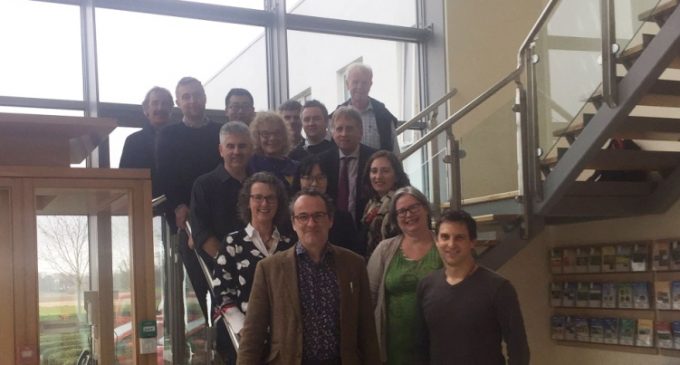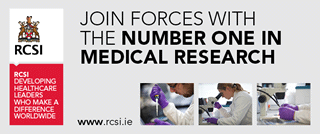Grass as an Important Source of Biomass

Is grass more than it seems? This was a question addressed by a group of specialists from New Zealand, Denmark and Ireland during a recent 4-day visit to three Teagasc Research Centres and the BEACON Bioeconomy Research Centre. The impetus for this discussion is based on shared concerns regarding the need to address greenhouse gas emissions from agriculture, to address the need for improved use of our biological resources, recognition of the existence of complementary knowledge and experiences across the three countries, and a growing awareness of the opportunities presented by the circular bioeconomy.
These specialists argue that grass is not only a feed for ruminants (cows and sheep), but that it is an important source of biomass. When considered in such light, further higher value, and/or lower environmental impact opportunities can emerge. Considering that grass is comprised of protein and is a source of lignin and carbohydrates (cellulose, hemicellulose, starch and sugars), these specialists discussed technologies that can result in grass being used to produce higher value protein-rich animal feed, gut health promoting food and feed, fibres and fuel.
Addressing the group, Professor Maeve Henchion, Teagasc, said; “The rumen is very good at converting a non-human edible plant – grass – into food fit for human consumption, i.e. milk and meat. We already have an extensive research programme in Teagasc which is looking at breeding better varieties of grass and clover, developing management protocols to reduce the carbon footprint of pasture-based dairy and beef production systems, applying precision technologies to reduce inputs, and developing modelling systems to ensure targeted and localised advice to farmers. We are also investigating the carbon sequestration potential of grass. However technologies can also be applied to grass to produce other, potentially higher value, products. Considering that 90% of our agricultural area is covered by grass, we need to investigate these opportunities to ensure a sustainable agricultural sector and vibrant rural communities.”
“The idea of using pasture as a raw material for bio-based materials, or for high value extracts, is not really on the radar in New Zealand. Scale is a challenge for harvesting and processing, but we have learned that technologies are rapidly evolving, making smaller bio-refineries a viable alternative in the future,” according to Dr Gina Lucci, AgResearch New Zealand. “International collaboration on climate change is essential. The issue is bigger than one company, one country or one continent,” observes Florian Graichen, SCION.
Three EU funded projects which aim to develop such opportunities at pilot scale in Ireland were presented to the group. Teagasc bioenergy specialist, Barry Caslin talked about using anaerobic digestion to produce biogas. Dr James Gaffey from IT-Tralee described the Biorefinery Glas concept, which will use a mobile biorefinery on several farms, to demonstrate the conversion of grass into higher value animal feed, food ingredient purposes, as well as for fertiliser/soil improving products. Bernard Carey from Irish Biochar outlined plans to manufacture mobile equipment to produce biochar from e.g. rushes. Professor Jerry Murphy and his team from UCC and the MaREI Centre presented their work which looked at treating grass in a number of different ways to produce biogas for use as bioenergy in public transport vehicles as well as for bioenergy as replacement of fossil fuels, or coal for production of electricity and heat.
“We need to link these technologies to unlock the full potential of biomass. We must ensure higher value products (protein-rich food ingredients and feed additives) are taken out before the residual is used to ensure the minerals to go back to the soil and energy content used for biogas or biofuel,” says Professor Lene Lange, BioEconomy, Research and Advisory, working in close collaboration with DTU BioEngineering (Professor Anne Meyer).







